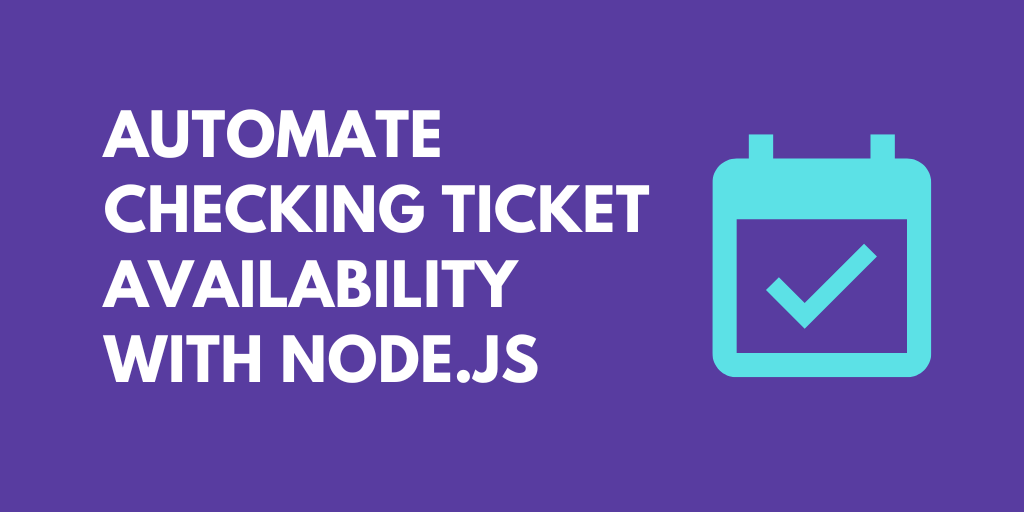What do you want to automate
with JumpCloud and Node?
Prompt, edit and deploy AI agents that connect to JumpCloud, Node and 3,000+ other apps in seconds.
Trusted by 1,000,000+ developers from startups to Fortune 500 companies
Start for free — no credit card required
Watch a demo
Popular JumpCloud and Node Actions#
Run Node Code with the Node API
Write custom Node.js code and use any of the 400k+ npm packages available. Refer to the Pipedream Node docs to learn more.
Integrate the JumpCloud API with the Node API
Setup the JumpCloud API trigger to run a workflow which integrates with the Node API. Pipedream's integration platform allows you to integrate JumpCloud and Node remarkably fast. Free for developers.
Connect JumpCloud#
1
2
3
4
5
6
7
8
9
10
11
12
13
14
15
16
17
18
19
20
21
22
23
24
25
import { axios } from "@pipedream/platform"
export default defineComponent({
props: {
jumpcloud: {
type: "app",
app: "jumpcloud",
}
},
async run({steps, $}) {
const now = new Date();
const tenDaysBefore = new Date(now.getTime() - (10 * 24 * 60 * 60 * 1000));
const startTime = tenDaysBefore.toISOString();
const data = {"service": ["all"], "start_time": startTime }
return await axios($, {
method: "post",
url: `https://api.jumpcloud.com/insights/directory/v1/events`,
headers: {
"content-type": `application/json`,
"x-api-key": `${this.jumpcloud.$auth.api_key}`,
},
data,
})
},
})
Overview of Node#
Develop, run and deploy your Node.js code in Pipedream workflows, using it between no-code steps, with connected accounts, or integrate Data Stores and File Stores
This includes installing NPM packages, within your code without having to manage a package.json file or running npm install.
Below is an example of installing the axios package in a Pipedream Node.js code step. Pipedream imports the axios package, performs the API request, and shares the response with subsequent workflow steps:
Connect Node#
1
2
3
4
5
6
7
// To use previous step data, pass the `steps` object to the run() function
export default defineComponent({
async run({ steps, $ }) {
// Return data to use it in future steps
return steps.trigger.event
},
})Community Posts#

Automate checking a ticket system's availability with Node.js and Pipedream
How I used Node.js and Pipedream to automatically scrape a ticket booking site and notify me if availability had changed.
Start for free — no credit card required
Watch a demo